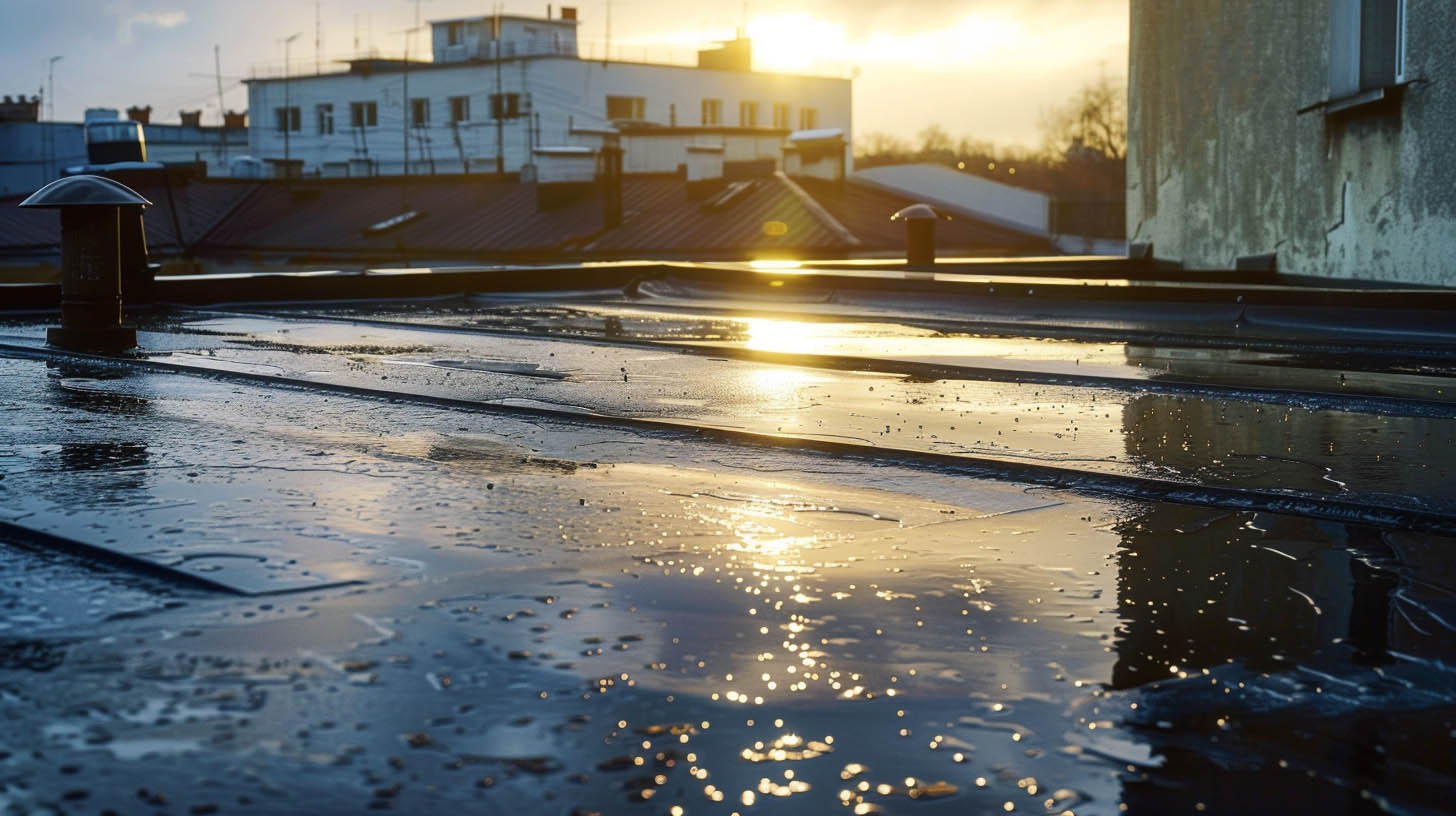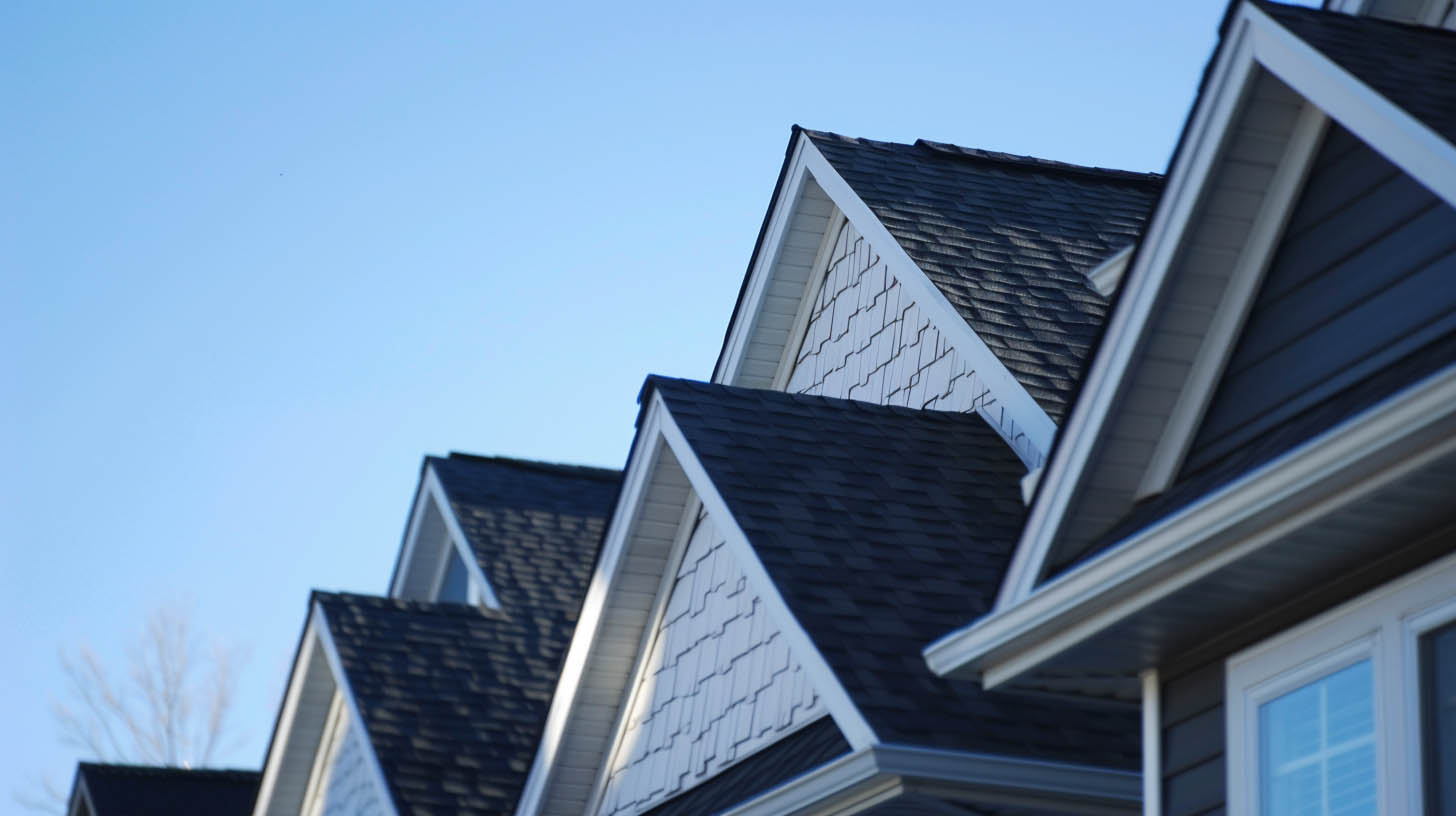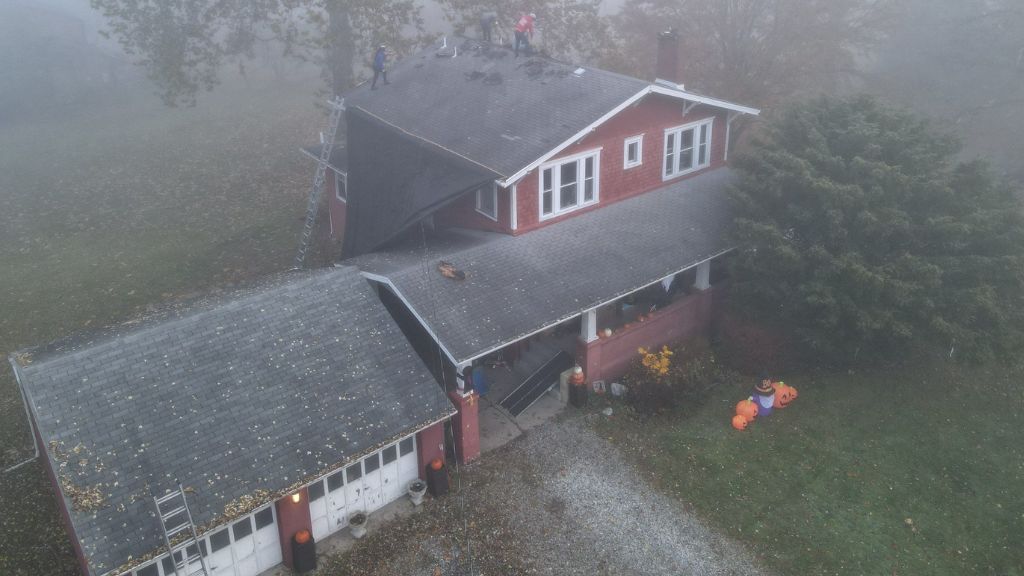
The warning signs you need a new roof are no joke. And it may sound cliché, but it’s so true: As a homeowner, you know that your roof is one of the most important components of your house. It protects your home and everything inside it from the elements, and it also adds to the overall curb appeal and value of your property.
However, over time, your roof can begin to deteriorate and show signs of wear and tear. Ignoring these signs can lead to more significant problems down the road, such as leaks, water damage, and mold growth.
All of the above is why it is so essential to know the warning signs that indicate you need a new roof. In this blog, we’ll discuss some of the most common signs that it’s time to replace your roof so that you can take action and protect your home.
Common Warning Signs You Need a New Roof
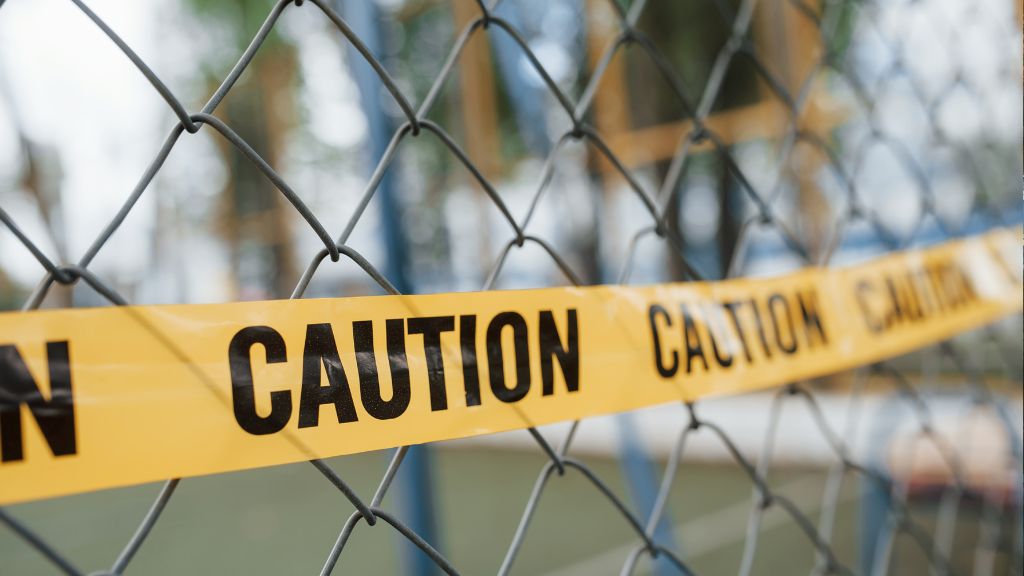
There are several warning signs that indicate that it’s time to replace your roof. Here are some of the most common ones:
#1. Age of Your Roof: How Long Should It Last?
If your roof is more than 20 years old, it’s likely time for a replacement. Even if it appears to be in good condition, the materials may have deteriorated and lost their effectiveness over time.
The lifespan of a roof can vary depending on the type of:
- Materials used.
- The quality of installation
- And the local climate
As a general rule, most roofs last between 15 to 25 years. Even if your roof appears to be in good condition, there may be underlying issues that aren’t visible to the naked eye. For example, the roof deck may have sustained water damage, or the shingles may have become brittle and prone to cracking. These issues can compromise the structural integrity of the roof and put your home at risk.
In addition to age, there are other factors to consider when deciding if it’s time to replace your roof. If your roof has sustained severe damage due to a storm or other event, a replacement may be necessary regardless of its age. Additionally, if you’re experiencing recurring leaks or other issues, it may be time to replace your roof rather than simply repairing it.
Ultimately, the decision to replace your roof should be based on a thorough inspection by a professional roofing contractor. They can assess the condition of your roof and provide recommendations for repair or replacement based on their findings. By being proactive and addressing any issues promptly, you can ensure that your home remains protected and secure for years to come.
#2: Curling or Cracked Shingles: How to Identify & Address the Issue
Curling or cracked shingles are a common warning sign that your roof needs attention. When shingles begin to curl or crack, they lose their ability to protect your roof from the elements, which can lead to water damage and other issues.
Here’s how to identify and address the issue of curling or cracked shingles:
- Check the Attic: Sometimes curled or cracked shingles mean that you may have unnoticed water damage. To identify the issue, check the attic for signs of water damage. Look for water stains on the ceiling or walls, as well as any signs of moisture or mold growth.
- Address the Issue: If you notice any curling or cracked shingles, it’s important to address the issue promptly. Depending on the severity of the damage, you may be able to simply replace the affected shingles. However, if there is widespread damage, it may be time to consider a full roof replacement.
- Call a Professional: Check with a local professional roofing contractor to inspect your roof and provide recommendations for repair or replacement. They can assess the extent of the damage and provide guidance on the best course of action.
- Maintenance: To prevent curling or cracked shingles in the future, it’s important to maintain your roof properly. This includes regular inspections, cleaning, and maintenance to ensure that your roof is in good condition and can provide the protection your home needs.
#3. Missing Shingles: How to Detect and Fix Them to Protect Your Roof
Missing shingles are a common issue that can lead to significant damage to your roof and your home. When shingles are missing, the underlying roof structure is exposed to the elements, which can lead to water damage, mold growth, and other issues.
By following our visual and attic checks as well as calling a professional (see above), you can keep minor problems from growing into huge ones by getting them fixed promptly and quickly.#4. Preventing & Treating Moss/Algae Growth on Your Roof
Moss and algae growth on your roof can cause significant damage if left unchecked. Not only can they create an unsightly appearance, but they can also trap moisture, leading to rot and decay in the underlying structure. However, with the right preventative measures and treatments, you can protect your roof from moss and algae growth.
Here are some tips for preventing and treating moss and algae growth on your roof:
- Keep Your Roof Clean: Regular cleaning of your roof is one of the best ways to prevent moss and algae growth. Remove debris such as leaves, branches, and twigs from your roof as soon as possible, as they can provide a breeding ground for moss and algae.
- Trim Overhanging Branches: Overhanging branches can create shade and trap moisture, making it an ideal environment for moss and algae to grow. Trim back any branches that are hanging over your roof to prevent this from happening.
- Zinc Strips: Installing zinc strips along the roof ridge can help prevent moss and algae growth. Zinc is toxic to moss and algae, and when it rains, the water runs over the strips, distributing zinc particles across the roof surface.
- Chemical Treatments: There are a variety of chemical treatments available that can kill moss and algae on your roof. However, it’s important to use them carefully and follow the instructions provided by the manufacturer.
- Call a Professional: If you’re not comfortable cleaning your roof or applying chemical treatments, it’s always best to call a professional roofing contractor to do the job for you. They can assess the condition of your roof and provide recommendations for the best course of action.
#5. Is Your Roof Sagging? Here’s What You Need to Know
A sagging roof is a serious issue that can indicate structural problems with your home. When a roof sags, it can be a sign that the underlying structure is damaged, weakened or compromised in some way. If left unchecked, it can lead to further damage and potentially dangerous conditions.
As always, call a professional. But here are some pointers:
- Identify the Problem: The first step is to identify the cause of the sagging. Common causes include water damage, overloading due to heavy snow, damaged or weakened roof support beams, or inadequate structural support.
- Inspect the Damage: Once you’ve identified the cause of the sagging, inspect the damage in more detail. Look for signs of cracking or bending in the roof support beams, or visible gaps between the roof and walls.
Secure Your Home with a Strong Roof: Schedule a Free Consultation
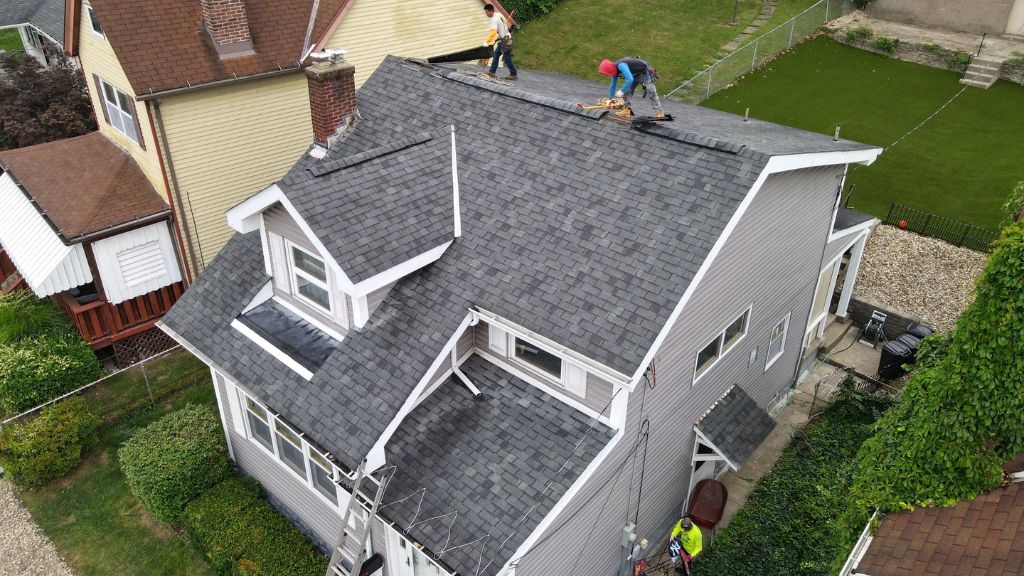
Remember, MY PITTSBURGH ROOFING recommends a strong and secure roof. It’s essential to protect your home and everything inside it. Don’t wait until it’s too late to address any warning signs – take action today to ensure that your roof remains in top condition for years to come. To schedule a free consultation, call 412-218-7982.
Learn more about the best time to replace a roof.

